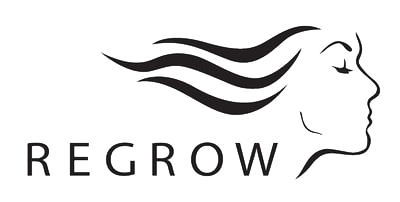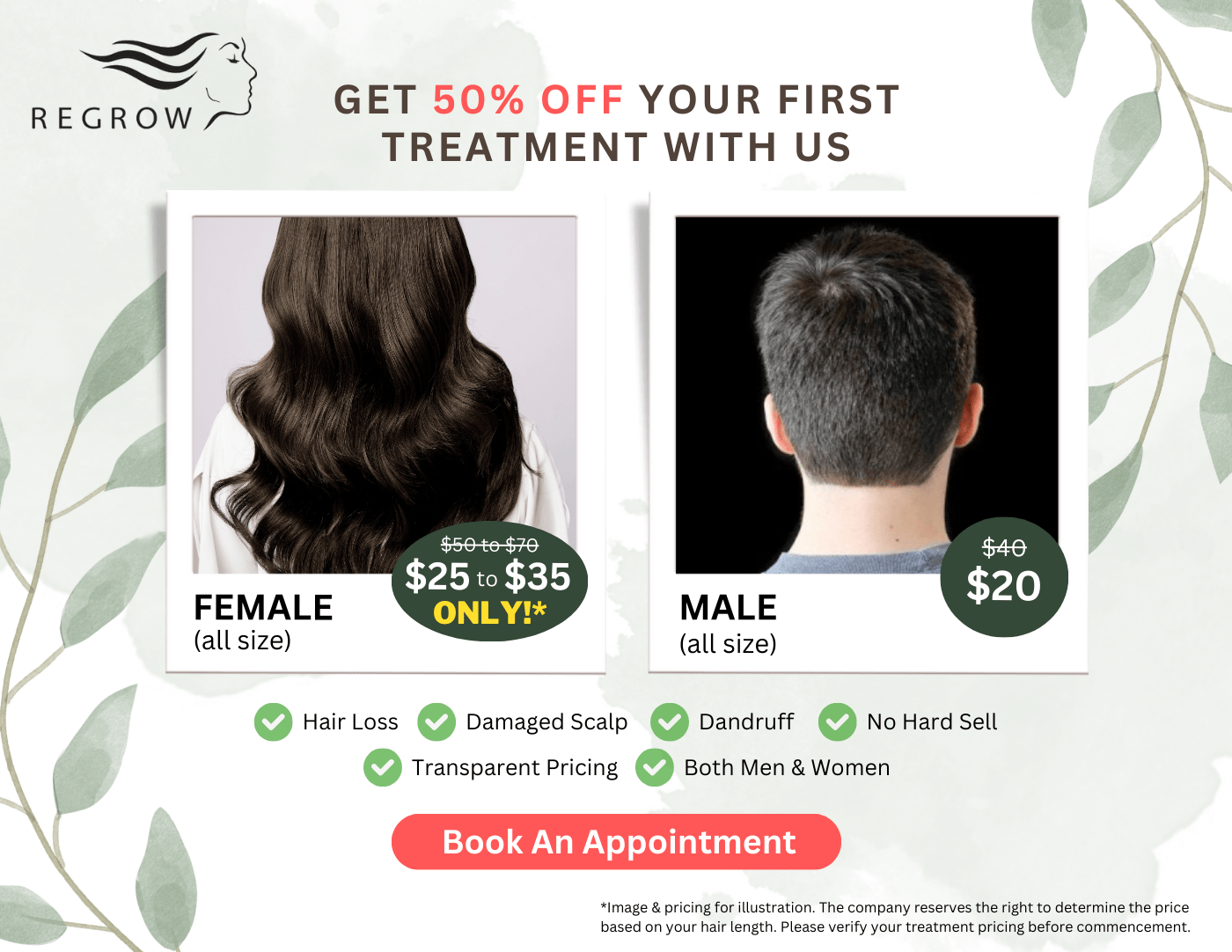Last Updated on: 17th September 2023, 01:17 pm
For many people, hair is a natural part of their look and an expression of their personality. Hair also offers protection to keep the sun’s rays from reaching our scalp.
Hair follicles are small, pocket-like holes in our skin with the main purpose to grow hair. The average human has about 100,000 hair follicles on the scalp alone and hair follicles grow at random.
How does hair grow?
The hair texture, whether it is straight or curly will depend on the cross-sectional shape of growing hair. Round hair grows straight out of the skin onto the skin’s surface while curly hair grows out of more oval-shaped cross-sections.
The hair bulb is where new cells are constantly forming and when these cells stick together and harden, a full strand of hair develops from this group of hardened hair cells.
Because new completely formed hardened cells keep on attaching to the hair from below, it is gradually pushed up out of the skin. In this way, a single hair on your head grows at a rate of about 1 cm per month.
Hair structure
Each hair has a hair shaft and a hair root. The hair shaft is the visible part of the hair that sticks out of the skin. The hair root is in the skin and extends down to the deeper layers of the skin. It is surrounded by the hair follicle which is also connected to a sebaceous gland.
Each hair follicle is attached to a tiny muscle or also known as the arrector pili muscle and this makes the hair stand up. The hair follicle has many nerve endings and these nerves sense hair movement and is sensitive to even the slightest draft.
At the base of the hair, the hair root widens to a round hair bulb. The hair papilla, which supplies the hair root with blood, is found inside the bottom of the hair bulb.
New hair cells are constantly being made in the hair bulb, close to the papilla.
Hair follicles also play a part in determining your hair colour. As with skin, your hair gets its pigment from the presence of melanin. Your hair turns grey when melanin production decreases with age.
Hair growth cycle
There are three phases of the hair growth cycle:
- Anagen phase or growth stage – The growth phase is where new hairs begin to grow from the root of the hair. This phase usually lasts between three and seven years.
- Catagen phase or transitional stage – The hair growth slows down and the outer root sheath shrinks in this phase. This lasts between two and four months.
- Telogen phase or resting stage – The old hair on the outer layer falls out and new hair begins to grow from the same hair follicle. This lasts between three and four months.
During the resting phase, the hair follicles aren’t just resting but a lot of cellular activity happens at the root of the hair to regenerate growth.
Different follicles go through different phases of the cycle at the same time. Some follicles are in the growth phase while others might be in the resting phase. Some of your hairs might be growing, while others are falling out.
About 90 percent of your hair follicles are in the anagen phase and most people lose around 50 to 100 strands of hair per day. If you noticed more hair fall, telogen effluvium may be the issue and it is usually caused by stress, a change in hormones, medication, and lack of nutrition. A white material can be seen at the root of the hair when fallen or pulled from the scalp.
What is a healthy scalp?
A healthy scalp is free of itchiness, redness, flakiness, irritation, pain, acne, cysts, sun damage, and excessive hair loss. If left untreated, it can cause permanent hair loss.
As the hair follicle comes from your scalp, it is important to ensure you take care of your scalp.
Our scalp contains around 100,000 hair follicles. Like a seed sprouting a tree, each follicle contains a single hair that grows. The follicles also produce sebum or oil, which helps keep the scalp moisturized and protects the skin from infection. It also contributes to the formation of keratinized cells that functions as a protective layer on the surface of the skin.
A hair follicle in the scalp grows with its own microbiome. Disruption in the balance of the scalp microbiome can cause dandruff, seborrheic dermatitis (a condition that causes dandruff and scaly patches), and atopic dermatitis (eczema).
Scalp issues such as dandruff, seborrheic dermatitis, atopic dermatitis, and psoriasis can lead to rough hair, hair breakage, and reduced hair shine. Additionally, poor scalp health associated with these conditions may also lead to premature hair loss.
How to get a healthy scalp?
You can make some simple changes to your hair care regimen and this will make a big difference in the health of your scalp.
Sometimes, it’s as easy as being more gentle while shampooing or avoiding hot tools.
If none of the following options help, you can visit a doctor for advice diagnosis, or treatment.
Switch to gentle hair products
You should choose shampoos for your scalp and conditioners for your hair type.
Avoid products that contain any sulfates, alcohols, or fragrances as these ingredients can strip away natural oils in your hair and remove dead skin cells, which makes the scalp dry and prone to irritation.
The way you wash your hair matters
Use your fingertips to gently massage your scalp instead of your fingernails and allow the shampoo to gently flow down your hair shaft without applying more shampoo to it.
Conditioners should be applied to the hair whilst avoiding the hair roots as they may clog up your sebaceous glands which can affect the growth phase for new hair.
The number of times you wash is dependent on your hair type
For straight hair types with oily scalps, it is best to wash your hair daily to avoid an overload in sebum production on the scalp whilst people with curlier hair and drier scalps can afford to skip hair washes to allow their natural oils to condition their hair shaft.
Try an omega-3 supplement
You can take flaxseed oil or fish oil supplements to help the hair shaft grow healthier and prevent hair loss.
Omega-3s and fish oils nourish the hair by stimulating circulation in the scalp and also reduce the inflammation that could be associated with hair loss.
Eat more antioxidants
Everyone should aim to eat a variety of products to get the wide variety of antioxidants found in nature. You can drink more green tea and incorporate more fresh fruits and vegetables into your diet. A healthy body will produce healthy hair.
Eat probiotics
Taking a probiotic can help improve gut health and balance the gut microbiome which may improve the skin microbiome and also promote a healthy scalp.
You should opt for a probiotic with at least two strains of bacteria and one of them should be the Lactobacillus Reuteri which may help thicken hair. You should eat a lot of fresh fruits and vegetables to feed the probiotics you ate to ensure they stay alive in your gut.
Conclusion
Having a healthy scalp leads to healthy hair, so it’s important to pay attention to your scalp. If you notice any itching, redness, flakiness, irritation, pain, or excessive hair loss, we advise you to visit a doctor.
A healthy scalp can be maintained through healthy everyday habits. This includes using gentle products and being kind to your hair and scalp.
A diet rich in vegetables and fruit also supports a healthy scalp. Taking a fish oil supplement and probiotics may also be beneficial.







